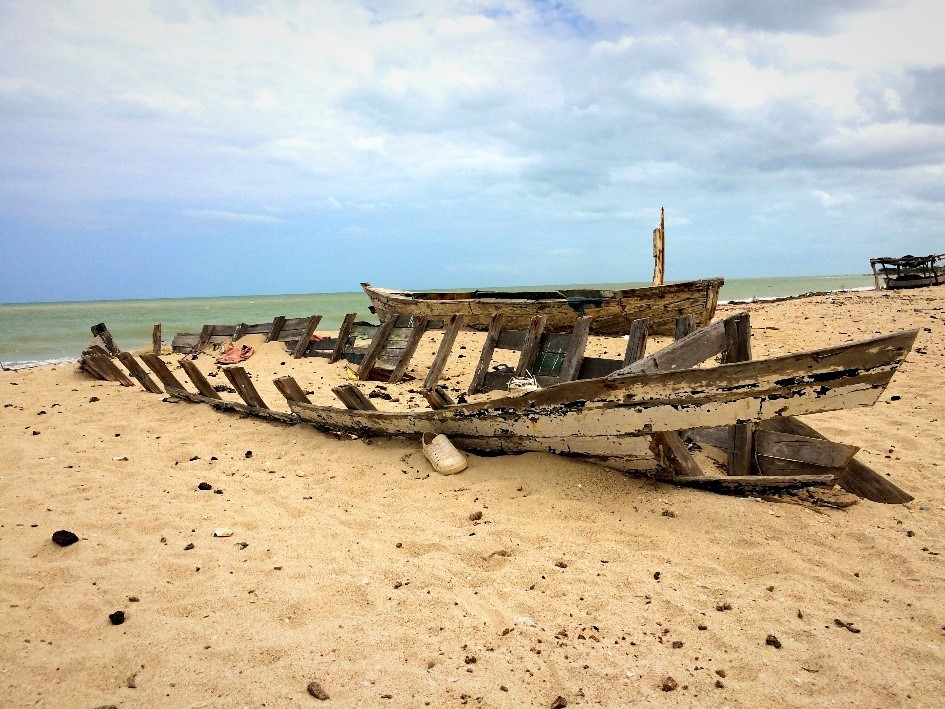Photography and Fieldwork: Reflections from Archaeology and Anthropology
Juan David Sarmiento Rodríguez
Since its invention in the 19th century, photography has had the ability to freeze in time an instant, a fragment of reality printed on paper or in a digital archive, which transcends the image itself. Photography becomes an artwork, because it has the ability to capture the particularities that the author (photographer) wants to show, it has the possibility of identifying everything that is happening inside of it and externalizing it through a shot at the exact moment.
But the artistic element is not only impregnated in the act of taking the photograph, but also the captured light constitutes it, the image that is reflected in our camera also does it in our retina, in our mental gallery. This work is made up by the story which is tell, the one that gives it life and is the one that allows us to transmit experiences and emotions, which ends up being even more important.
Among the possible stories to tell, are all the experiences that have been lived for years in the field work from archeology and anthropology. Each and every one of these experiences that have been portrayed through photography have allowed us to recognize not only great discoveries and important researchers, but also amazing communities. Photography thus becomes the ideal medium, as Tania Castro said, “to remind us of who we were, who we are, what we have built and what we have destroyed.”
Thus, photography gives us the opportunity to thank and aggrandize the members of the communities with which we have worked, since it is from these images that we can transmit their stories and give face to their ideas and the knowledge they have taught us. It is the perfect means for others to feel that indescribable emotion that is lived when you are digging and find something new. It is the ideal instrument so that archeology and anthropology can truly generate social change and, at the same time, communicate with greater force everything that still costs from the academy: an appropriation of our memory and our history; everything what are we.
Thereby, the purpose of this page is to create a space where researchers can share their experiences through images, show the world who they have worked with and what they have discovered. Therefore, this space is intended to build a photo library of international experiences, where we can spread to the world those perfect moments that we have captured, while doing what we are passionate about. In this way, not only photographs of the current work will be exhibited, but, at the same time, it reflects how it has been built over the past decades.
Pictures
Colombia:

Author: Juan David Sarmiento Rodríguez
Year: 2017
Place: San Tropel, La Guajira, Colombia
Description:
In this photograph it is possible to observe an abandoned boat called Chalana, which is on a beach where all those crafts that have completed their life cycle will be, where the wind and sand will bury them over time, returning them back to where they came from: the territory. This photograph is part of the project “Navegación y construcción naval artesanal de la comunidad Wayuu en La Guajira colombiana” that has been carried out in the last five years with Professor Carlos Del Cairo Hurtado.
Author: Juan David Sarmiento
Year: 2017
Place: Chuchupa, Media Guajira, Colombia
Description: It is possible to observe through this photograph of the project
“Navigation and artisanal naval construction of the Wayuu community in La
Guajira Colombia” one of the last phases of a traditional watercraft. In
this case, with the local shipbuilders who are the experts on this particular
topic, it was possible to learn how they built, repaired and abandoned some of
the local boats.
Author: Juan David Sarmiento
Year: 2019
Place: Islas de Providencia y Santa Catalina, Colombia
Description: In this photograph it is possible to show an area of abandonment of
boats of different types, here can be observe how although these are no longer
in use they continue to have relevance for their owners, since they are covered
by a structure and most preserve their original characteristics. All this reflects
the value of this type of heritage, which was intended to be understood in the
study “Social appropriation of the Maritime Cultural Landscape in
Providencia and Santa Catalina: Characterization of the Nautical Space from a
historical perspective”.
Author: Juan David Sarmiento
Year: 2019
Place: Islas de Providencia y Santa Catalina, Colombia
Description: This photograph allows to see some elements that were part of a
traditional watercraft of the islands, where can be seen some elements possibly
linked to frames, stems and hull boards that have been preserved over time. On
the other hand, it is possible to observe the nailing patterns and the use of
copper fastening elements, which have preserved their original characteristics understood
in the project “Social appropriation of the Maritime Cultural Landscape in
Providencia and Santa Catalina: Characterization of the Nautical Space from a
historical perspective”.
Author: Jesús Aldana
Year: 2019
Place: Canal de Bocachica, Cartagena de Indias, Colombia
Description: This photograph is linked to a 3D model created by the photogrammetry
technique which allows documenting, with a high level of detail, the
characteristics of the wooden and metal elements which are preserved from the
plan of a colonial ship found in the Bocachica Canal. This record is part of an
investigation entitled “ Methodological
proposal for the construction of a matrix of archaeological and historical
indicators for the identification of shipwrecks”.
Author: Jesús Aldana
Year: 2019
Place: Canal de Bocachica, Cartagena de Indias, Colombia
Description: In-situ documentation is one of the most important tasks in underwater
archaeology, because when artifacts change their environment are faced to
conditions that seriously affect the integrity of the elements. This photograph
shows the record of an iron nail used to assemble the structural timbers of a
vessel found during the dredging work in Bocachica (Isla Tierrabomba).
Author: Jesús Aldana
Year: 2018
Place: Bahía Honda, Alta Guajira, Colombia
Description: This photograph shows one of the areas of Bahía Honda (La Guajira) that
historically has presented a considerable traffic of boats dating from the
colonial period. Even today there is a continuity in the uses of the nautical
space, which can be understood from archaeology when addressing not only the
wrecked ships but also the routes they traveled, as proposed by the project “Navigability,
Accidentality and Sinking Patterns in the Colombian Caribbean”.
Author: Victoria Báez
Year: 2017
Place: Isla Brujas, Cartagena de Indias, Colombia
Description: The transit of ships in the bay of Cartagena de Indias had a structure
that, possibly since the colonial period, supplied fresh water to the different
ships that went through the area. This photo taken with a drone shows one of
the different elements that integrate the city’s nautical space, which was studied
in the “Archaeological Component of the Special Management and Protection
Plan Fort Bahía”
Author: Victoria Báez
Year: 2019
Place: Islas de Providencia y Santa Catalina, Colombia
Description: To use the nautical space it is necessary to implement measures that
guarantee its protection, in this case can be observed a fortification
(Warwick) used to defend the maritime access to the port of the islands of
Providencia and Santa Catalina as a surveillance zone for this entire area,
which has been understood and characterized in the project “Social
appropriation of the Maritime Cultural Landscape in Providencia and Santa
Catalina: Characterization of the Nautical Space from a historical perspective“.
Author: Carla Riera
Year: 2017
Place: Universidad Externado de Colombia, Bogotá, Colombia
Description: In studies interested in shipwrecks, one of the most important
disciplines is the conservation of submerged artifacts. In this photograph, a
stabilization process is observed through a maintenance solution (sodium
hydroxide) on iron covered by concretions, avoiding their corrosion, coming
from the possible ship San Felipe found in Bocachica, within the project
“Characterization and stabilization of archaeological material from an 18th
century shipwreck “
Author: Carlos Del Cairo
Year: 2017
Place: Canal de Bocachica, Cartagena de Indias, Colombia
Description: In this photograph is evidence of a submerged archaeological context
linked to an assembled wooden structure in which part of elements such as the
keel, the keelson, the bases of the frames and some stones linked to the
ballast of the ship can be seen. These show an evident deterioration (as ripped
off) caused by the dredging of the Bocachica Canal, within the framework of the
project “Archaeological Research for Protection, Intervention and Divulgation
Strategie of a Colonial Shipwreck Located in Underwater Spaces”.
